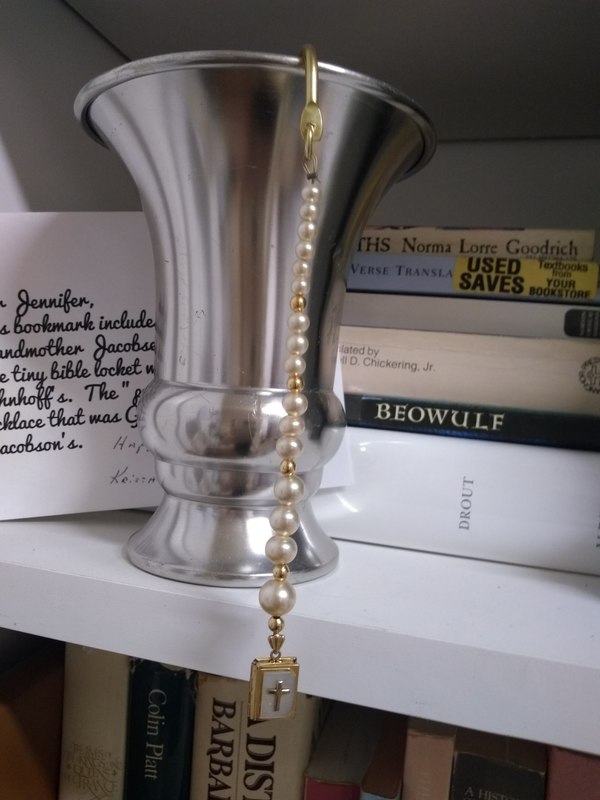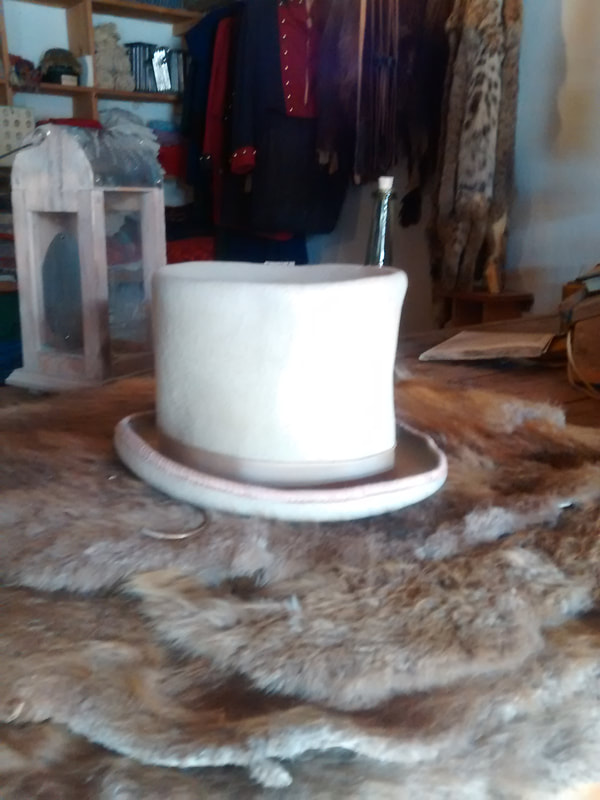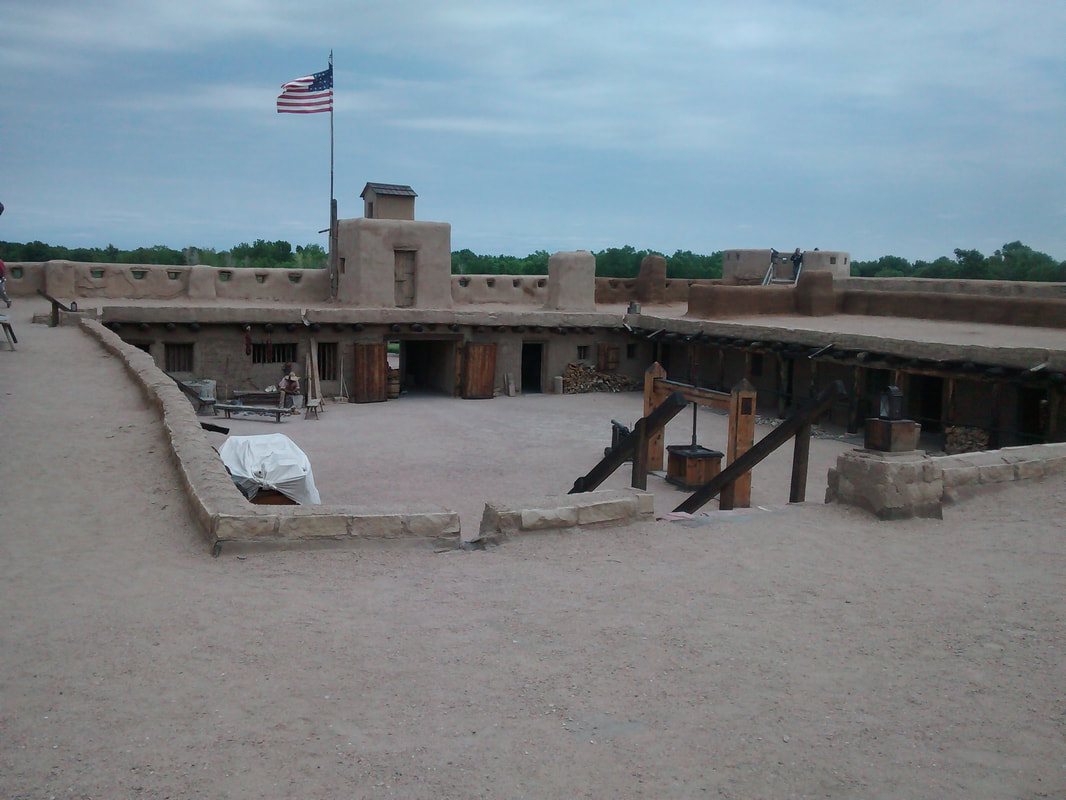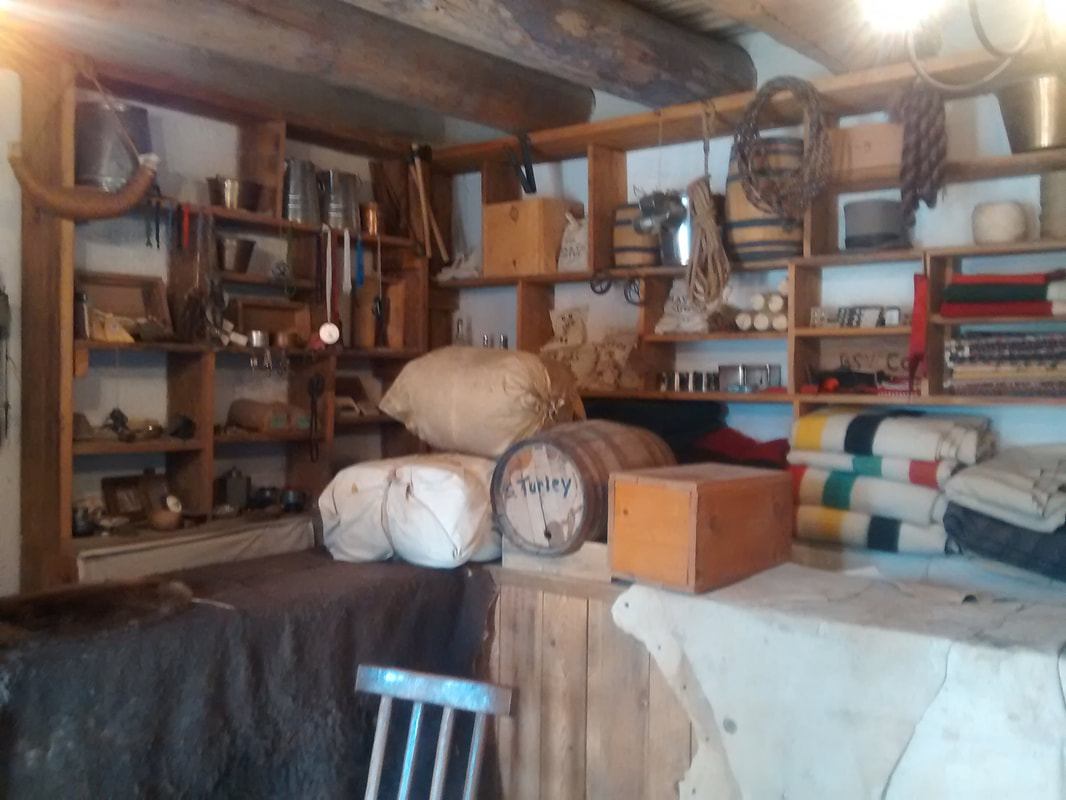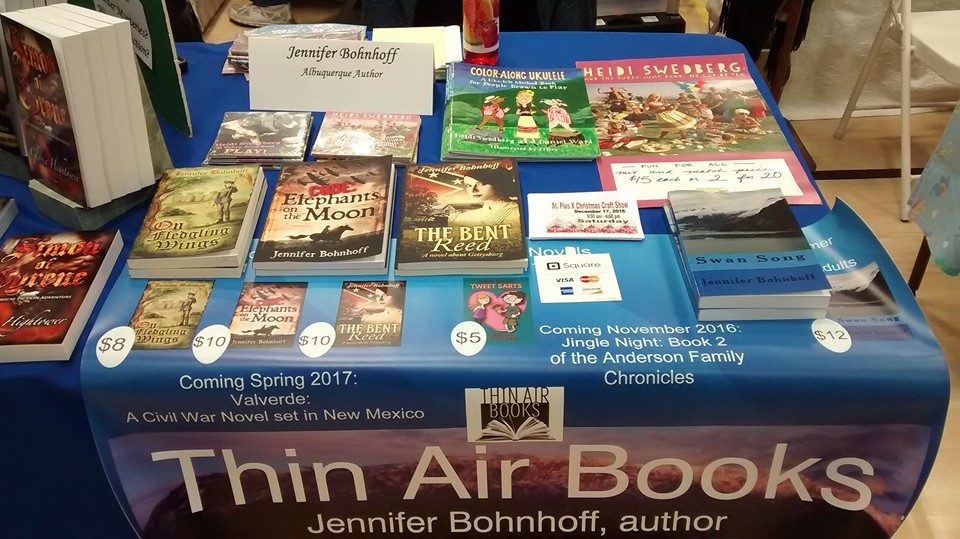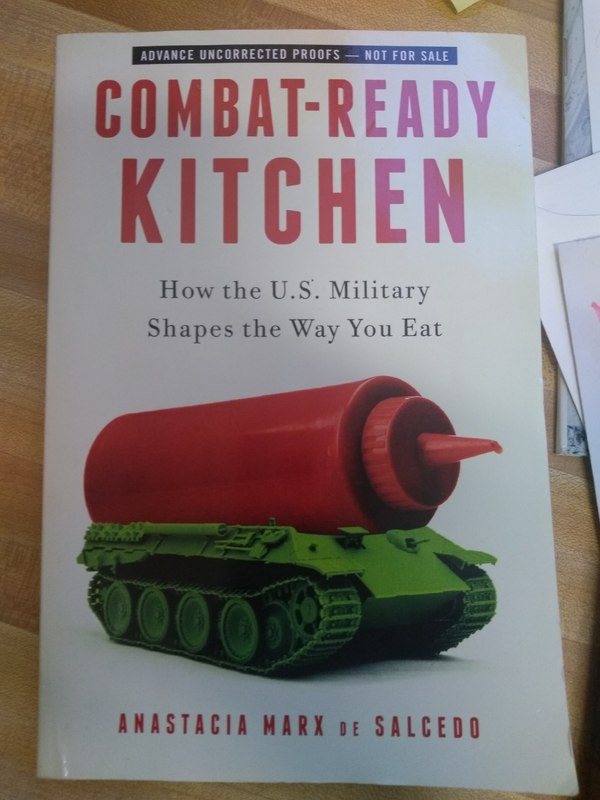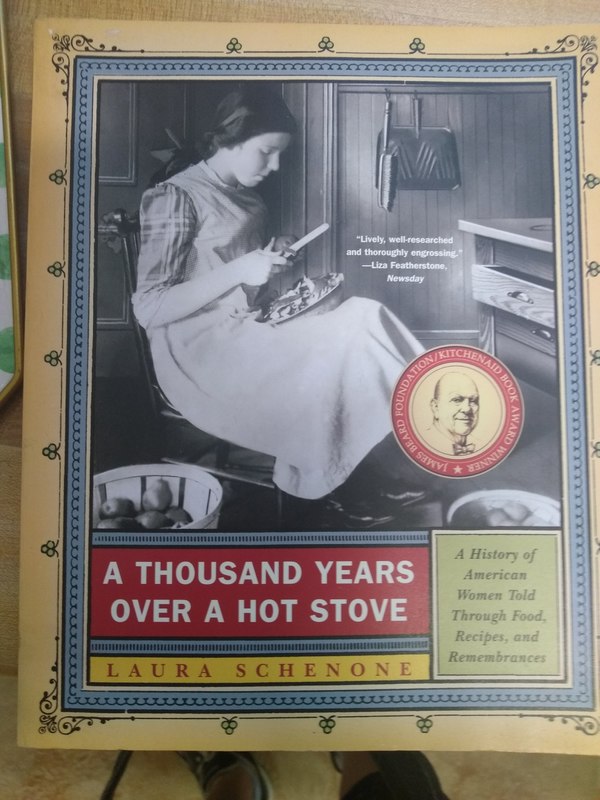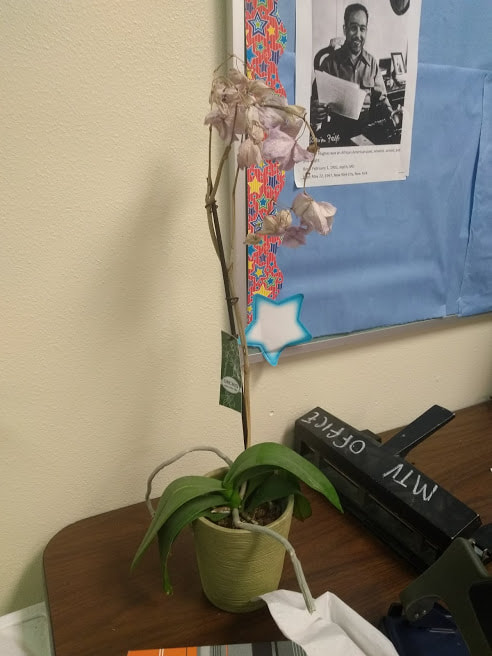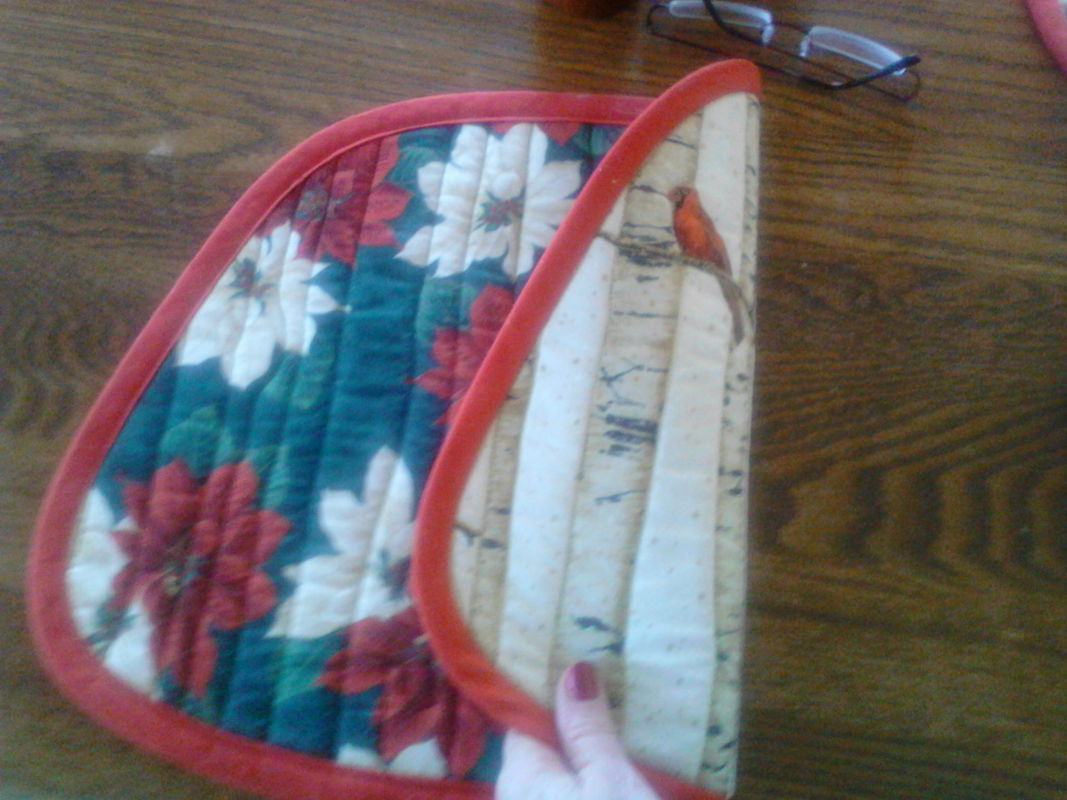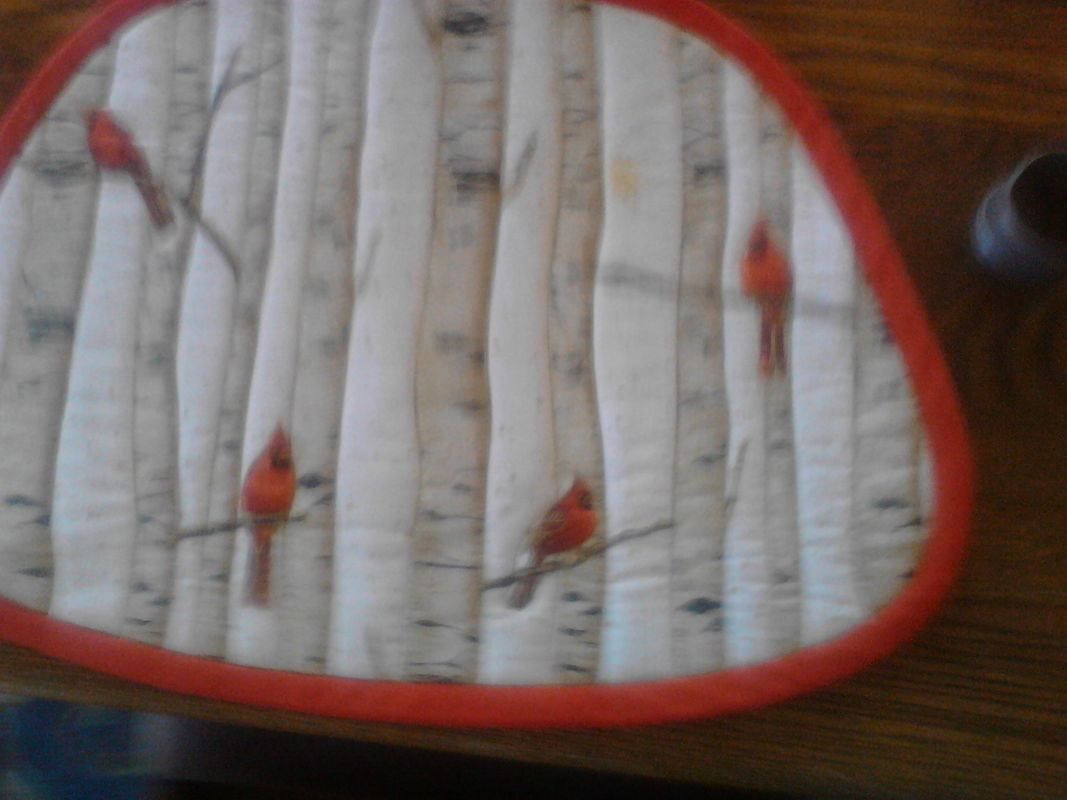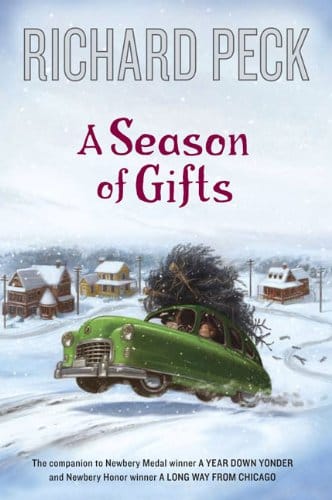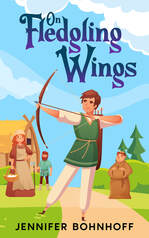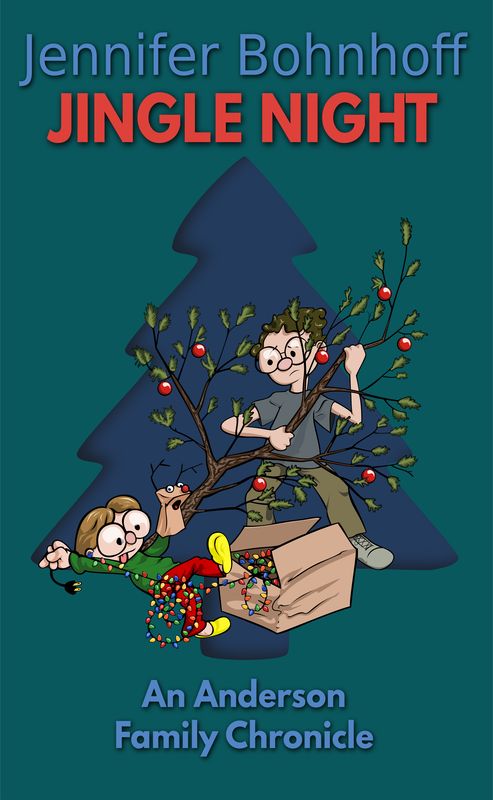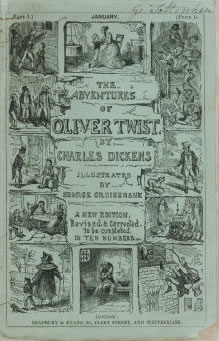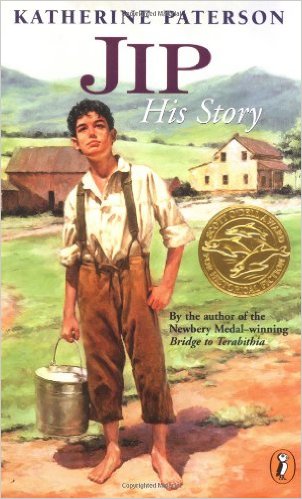
Good question.
| I created Thin Air Books to market my self published books after a group of other writers came to the conclusion that books sold better if they came from a publishing house. There are a number of reasons why I chose the name that I did. When I started Thin Air Books, I lived in Albuquerque, New Mexico. |
| Since then, I have moved into those mountains. I live at nearly 8,000 feet - in rarefied air, indeed. The air is thin and dry enough that it cools off quickly at night. A bazillion stars spangle the heavens on a clear night. From my balcony I can see the lights of Santa Fe, and the Sangre de Cristo Mountains beyond. |



